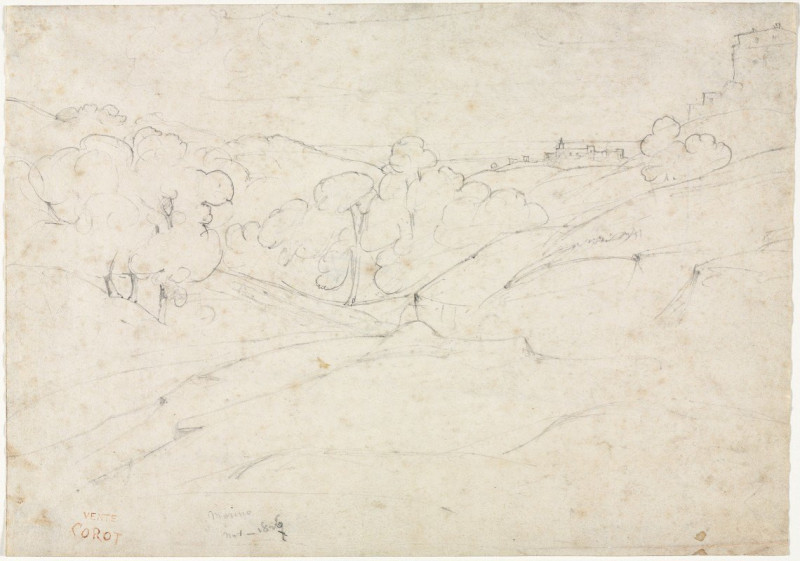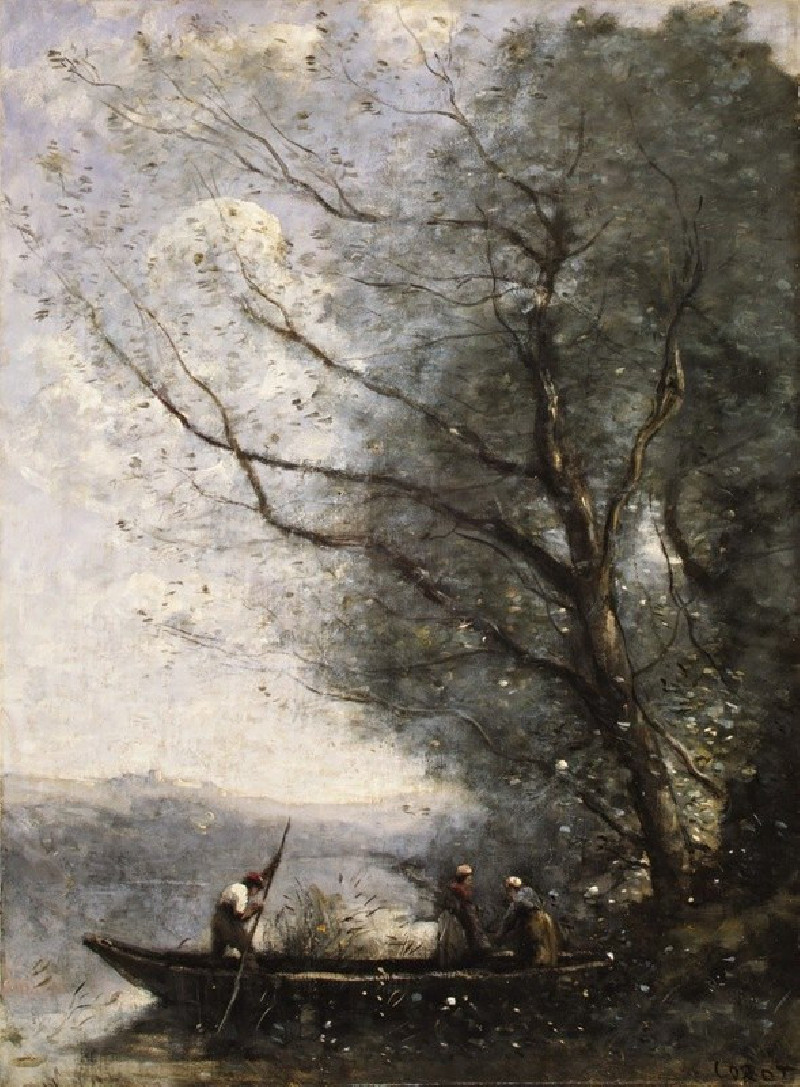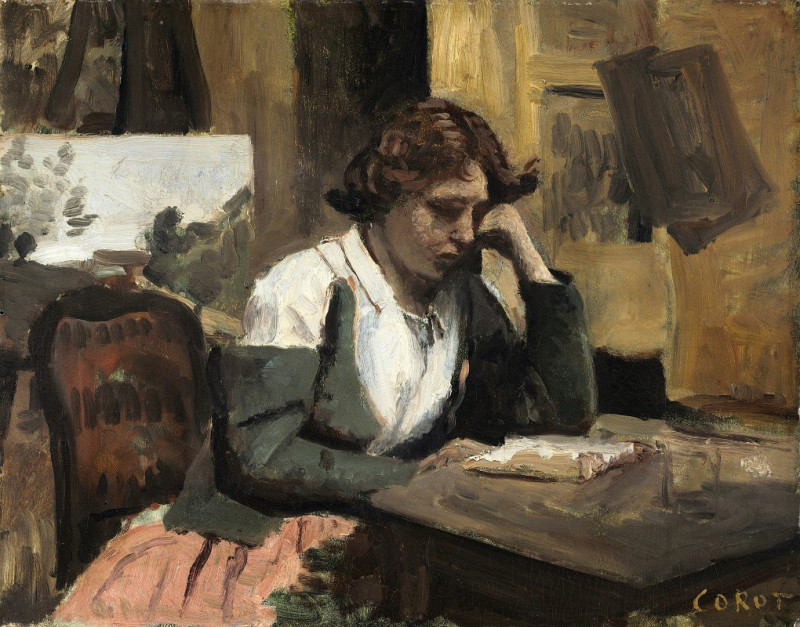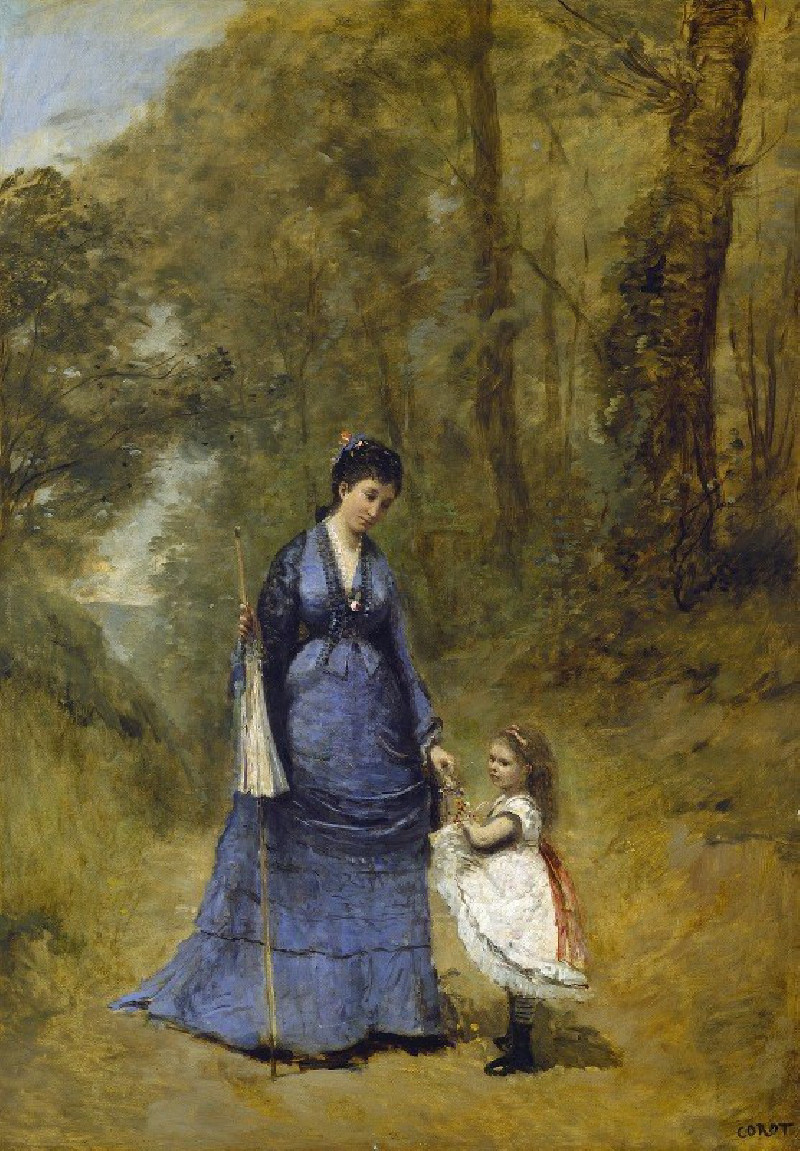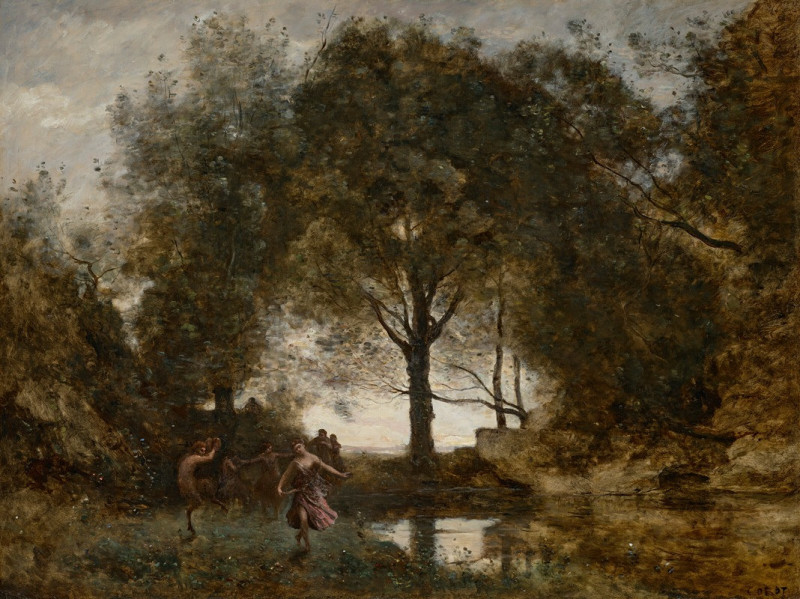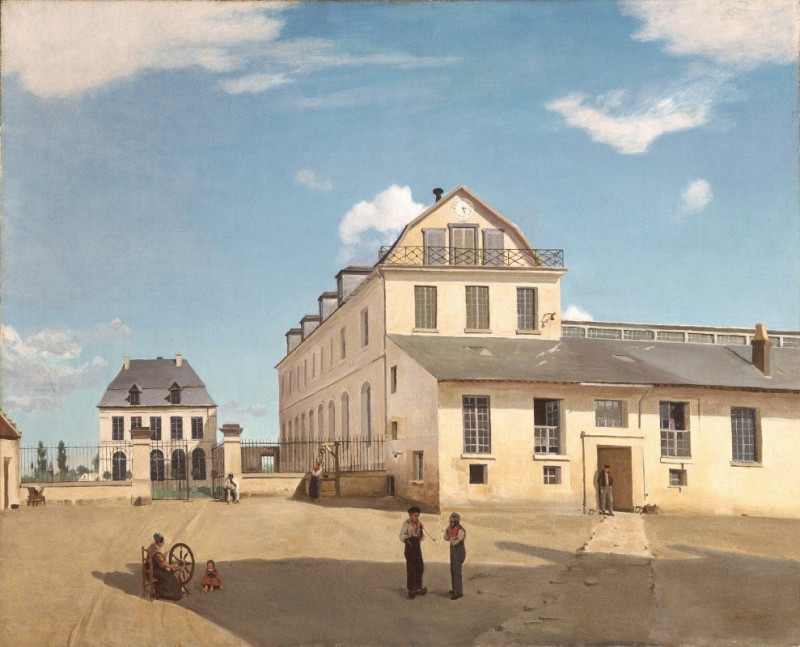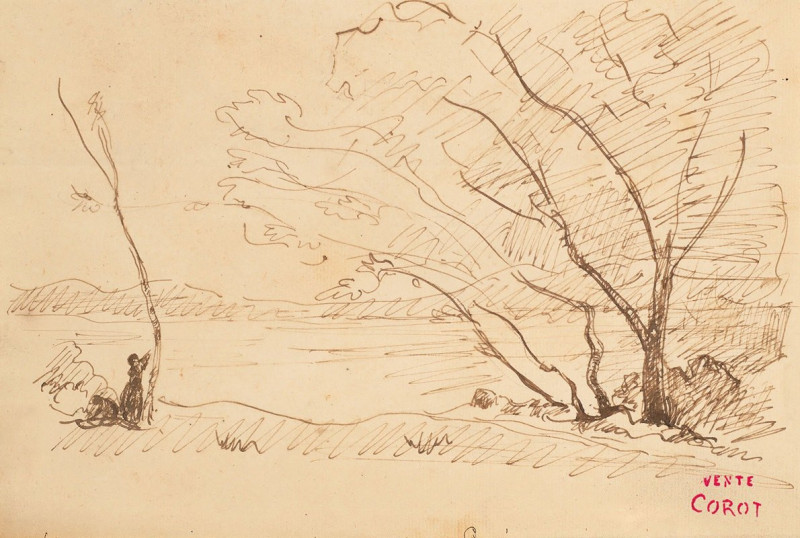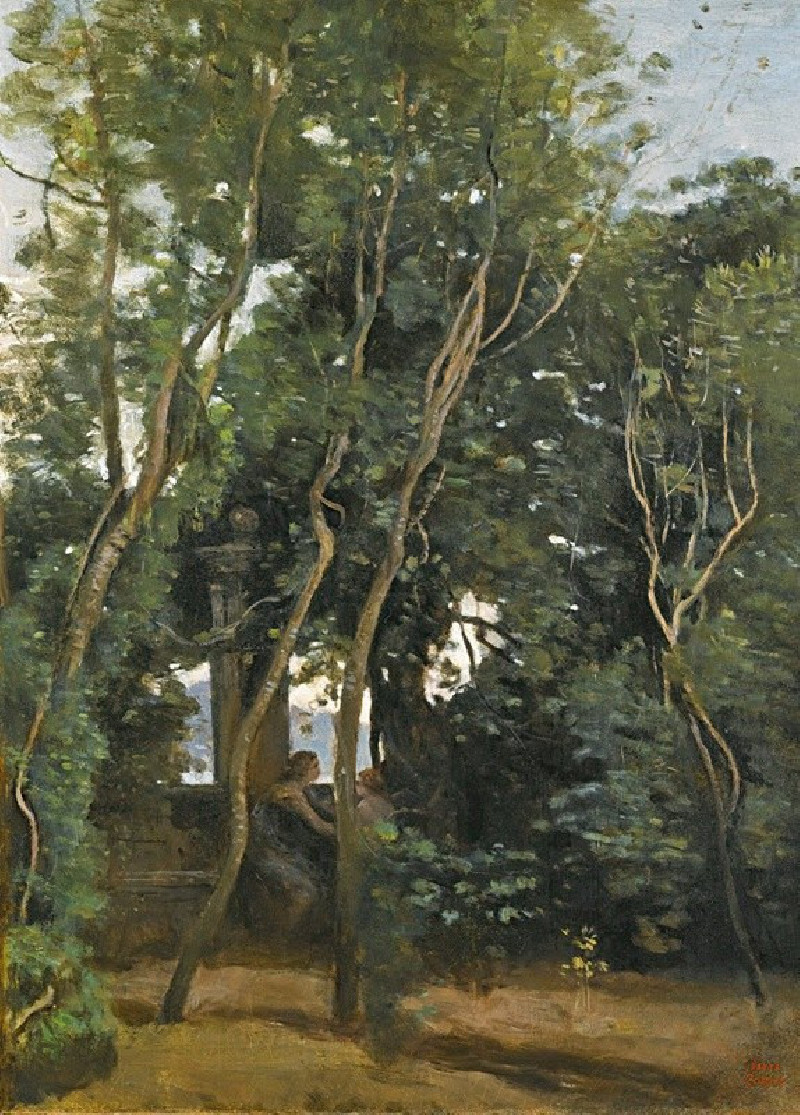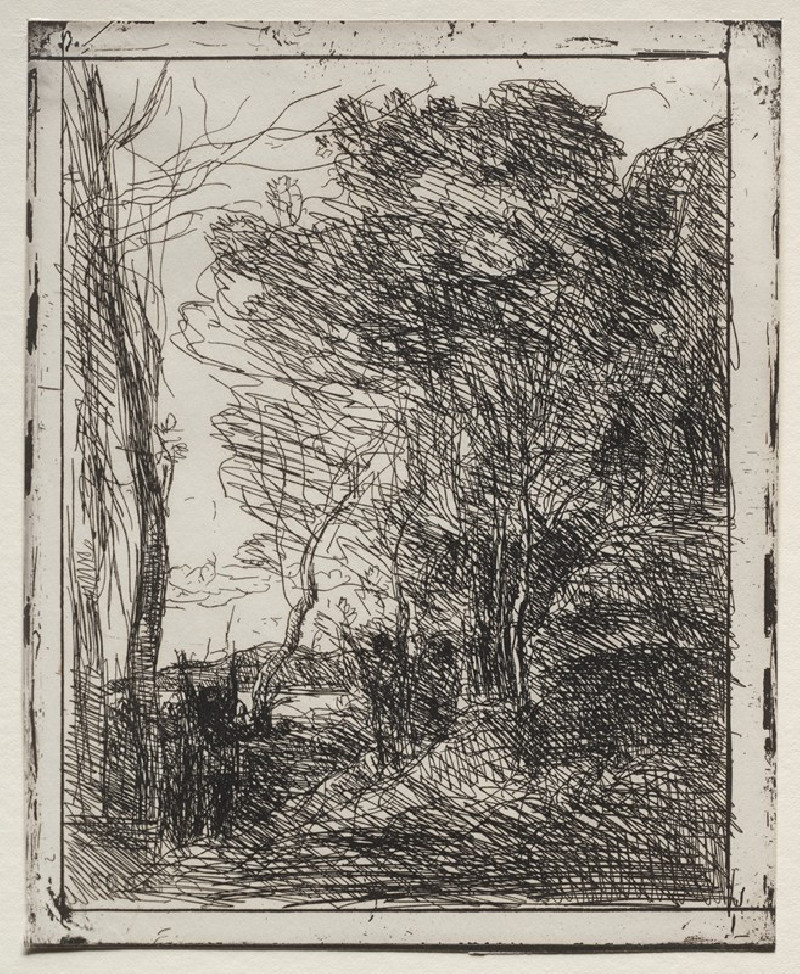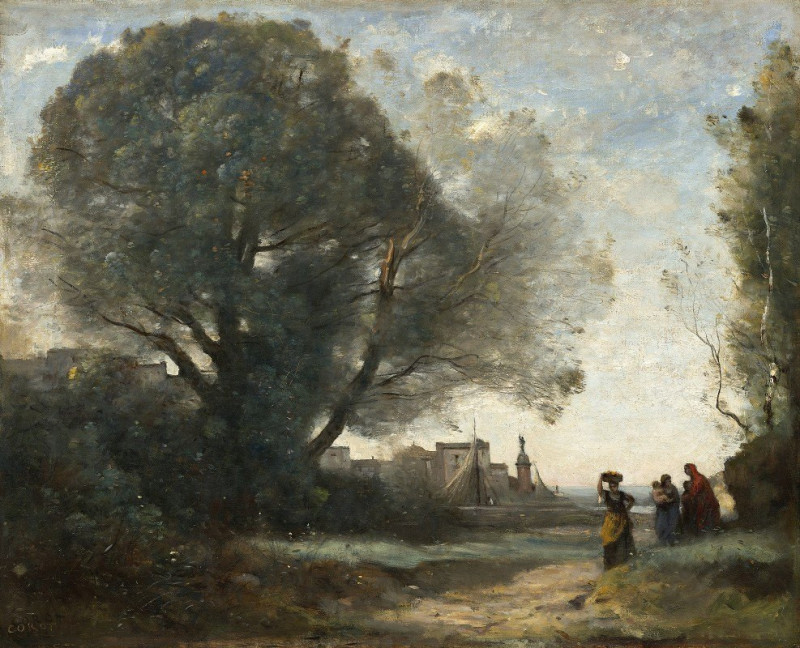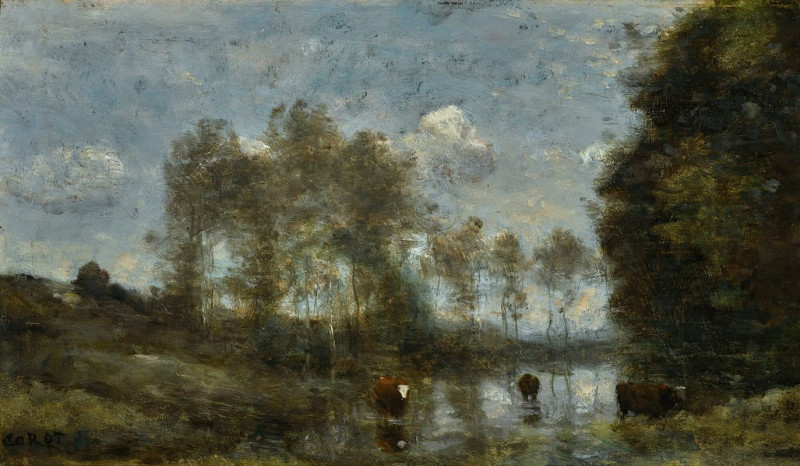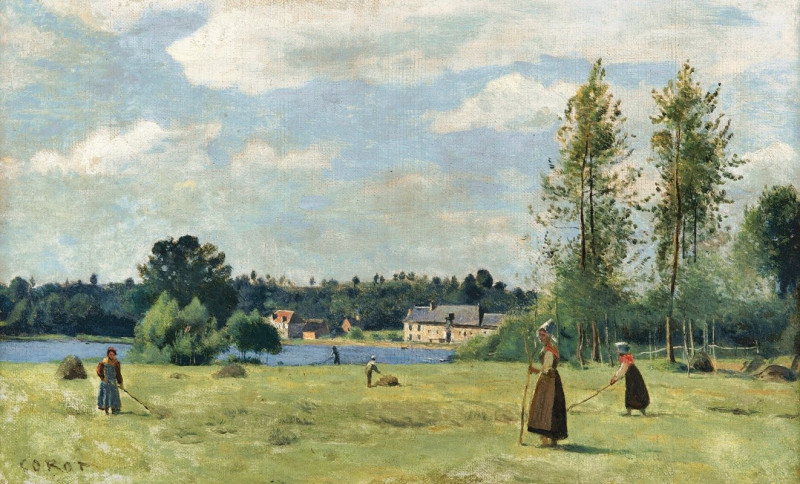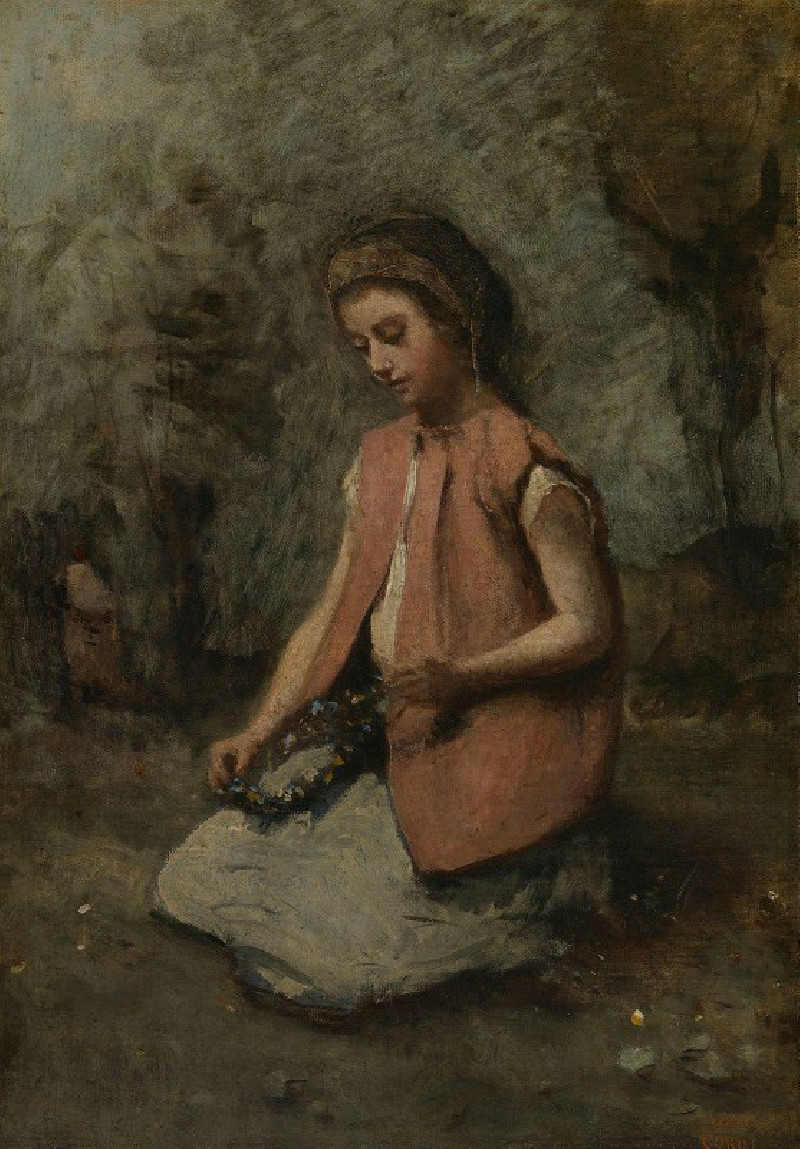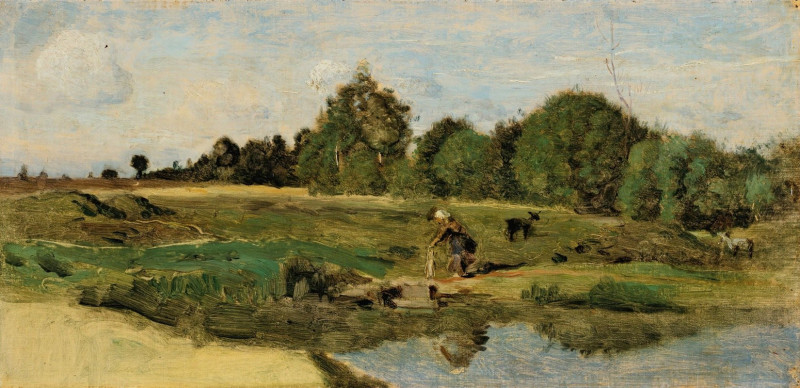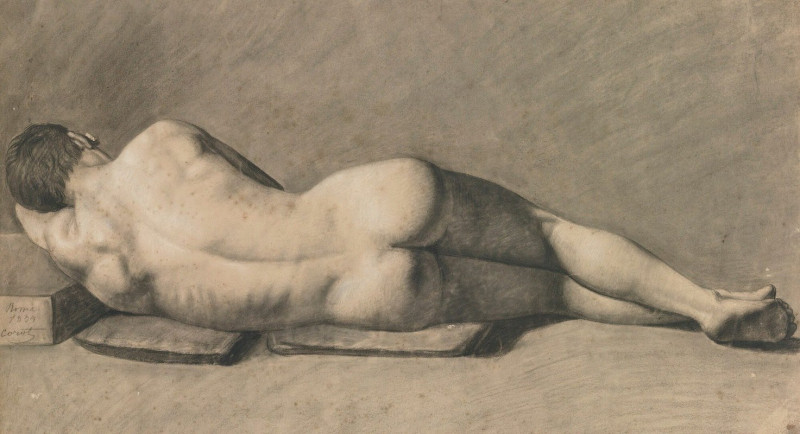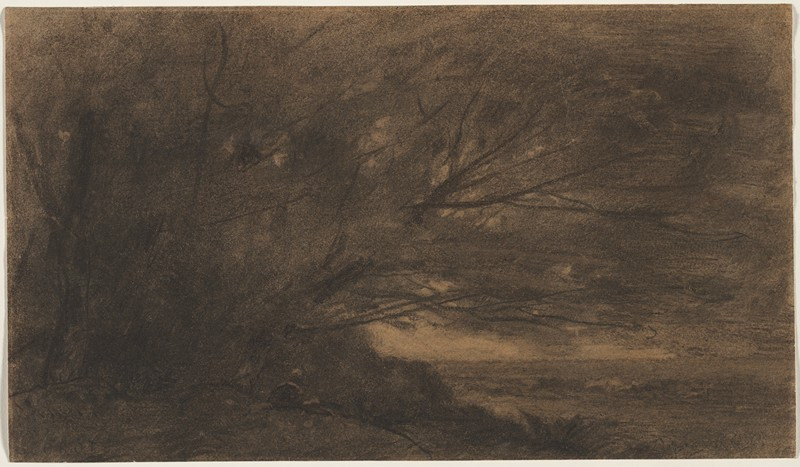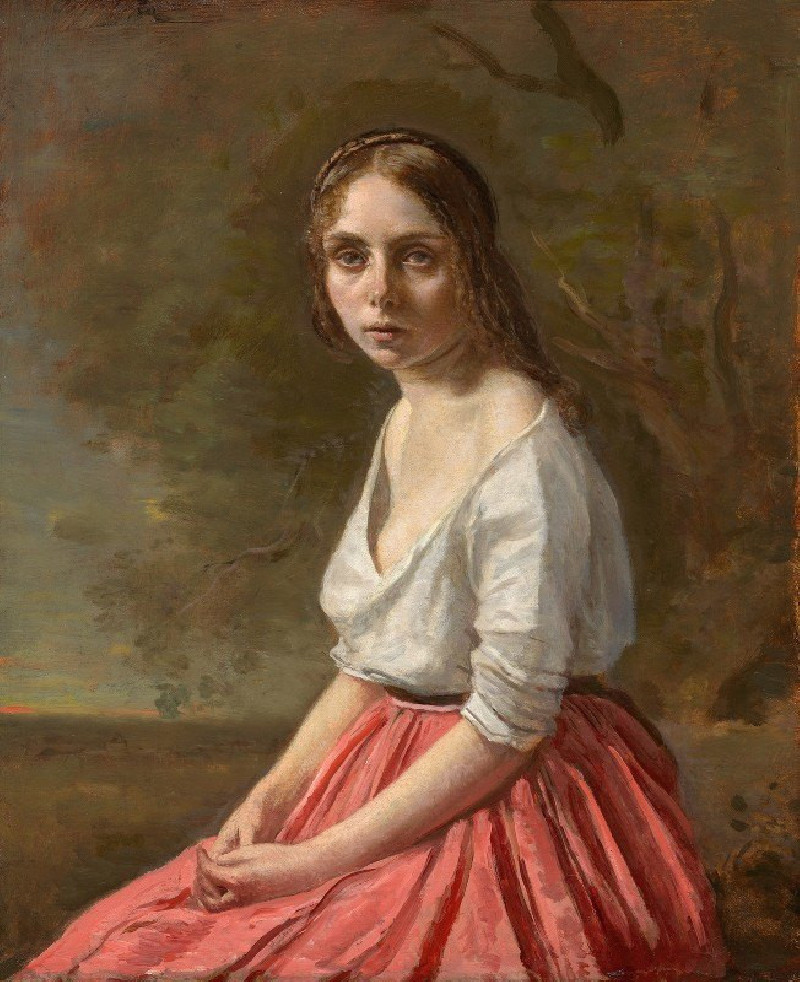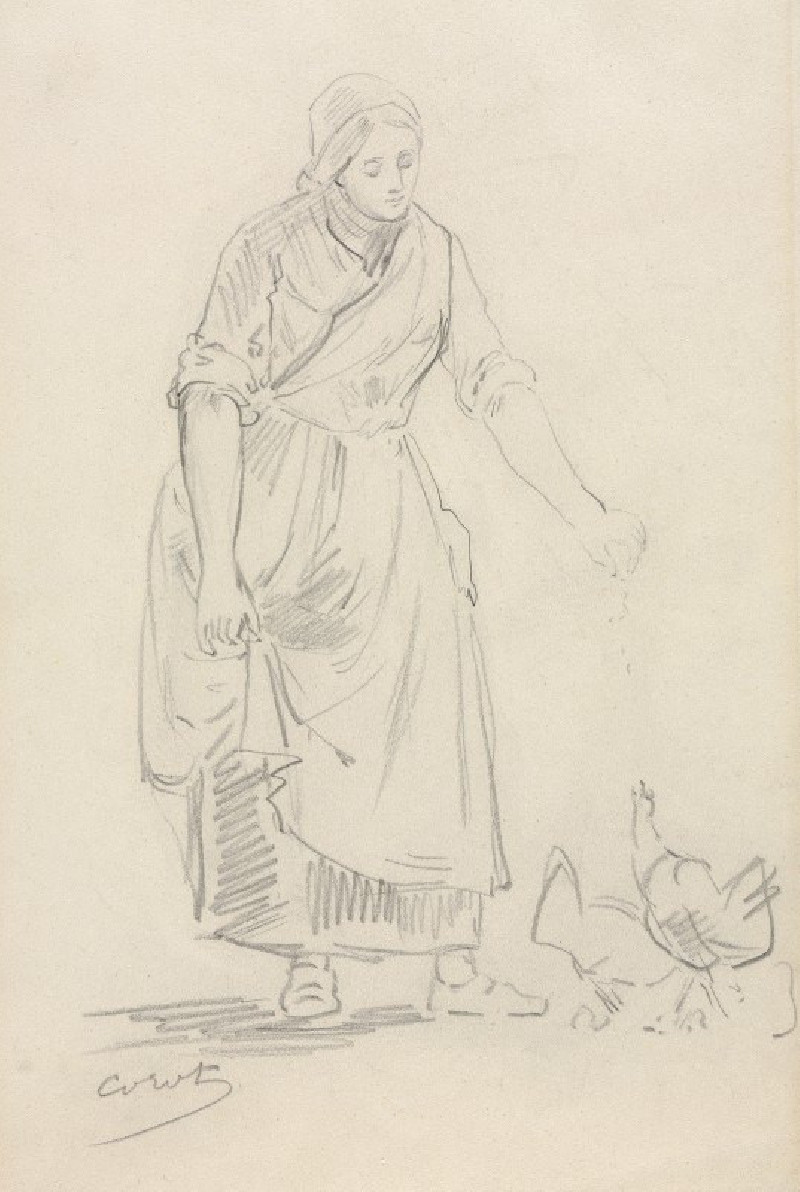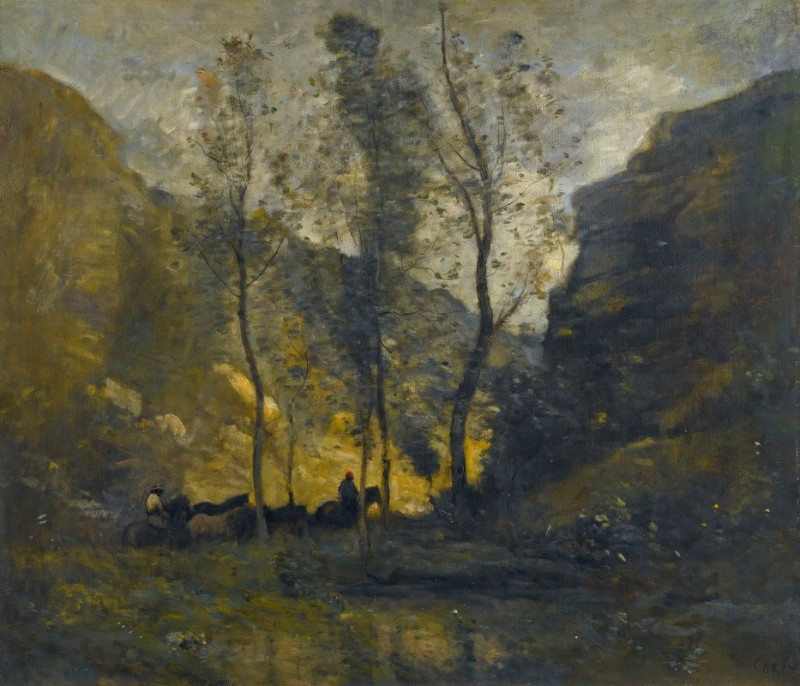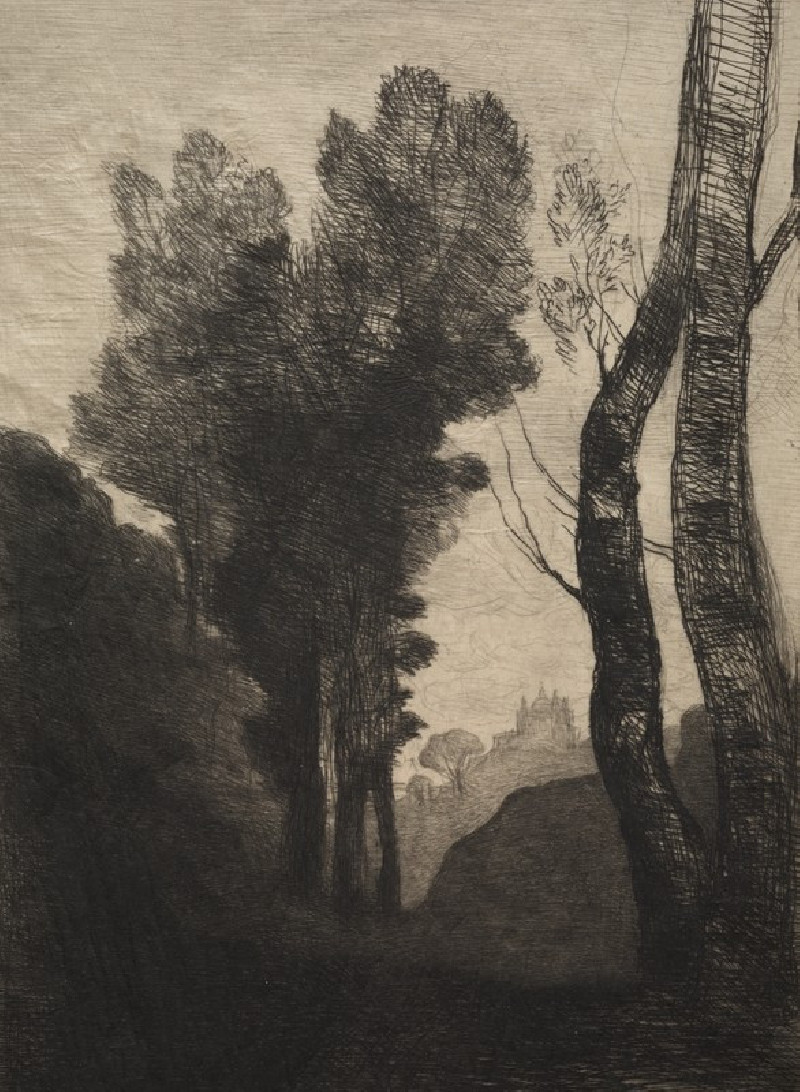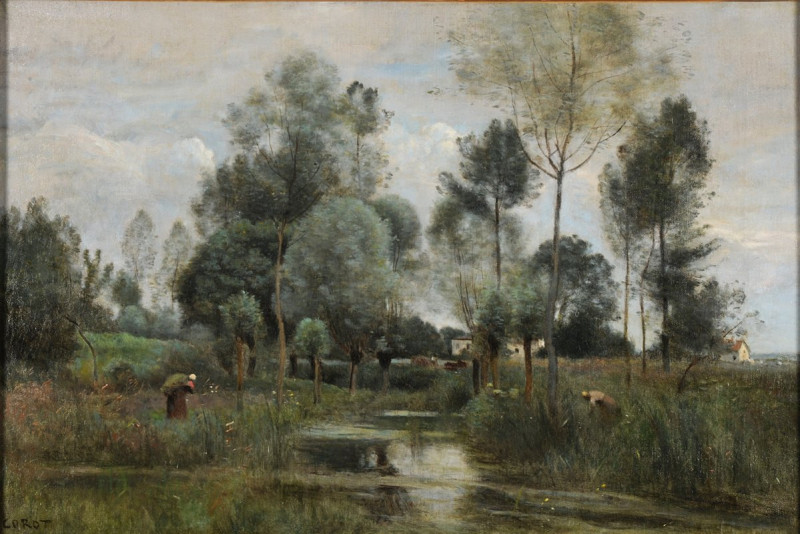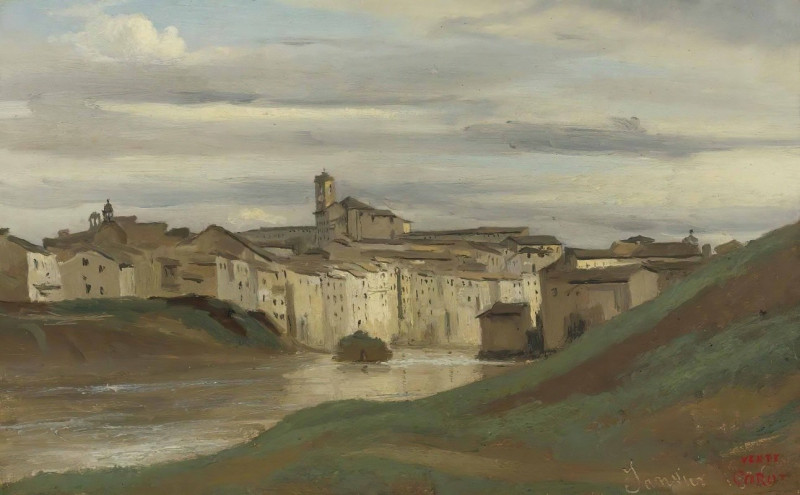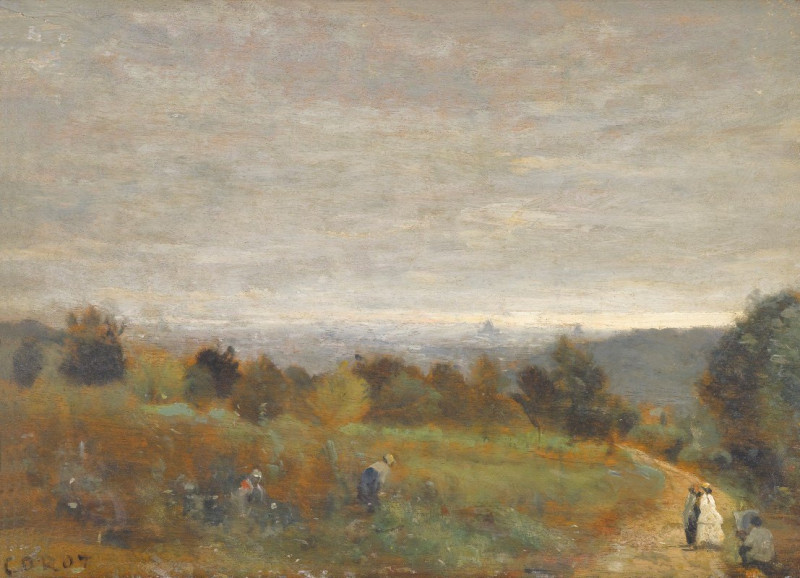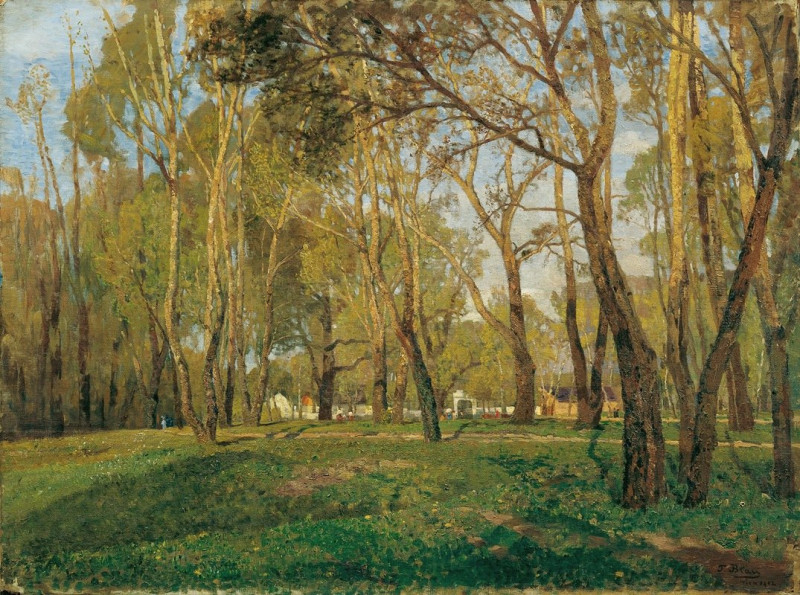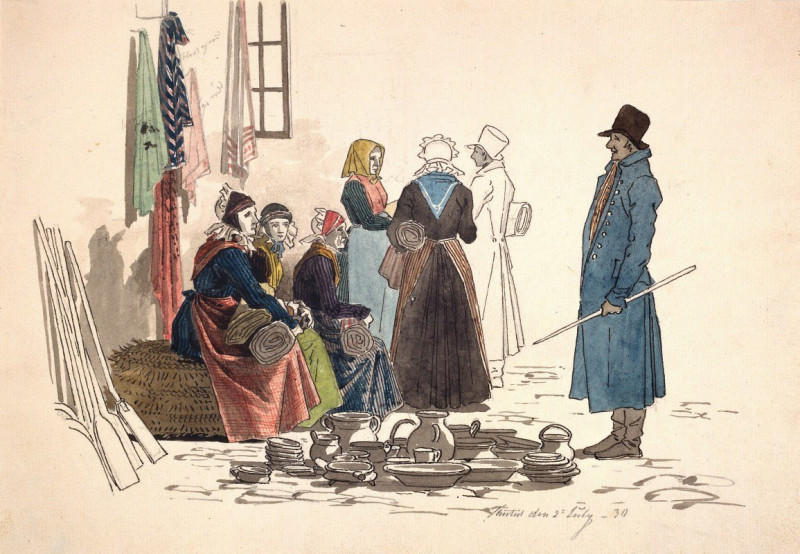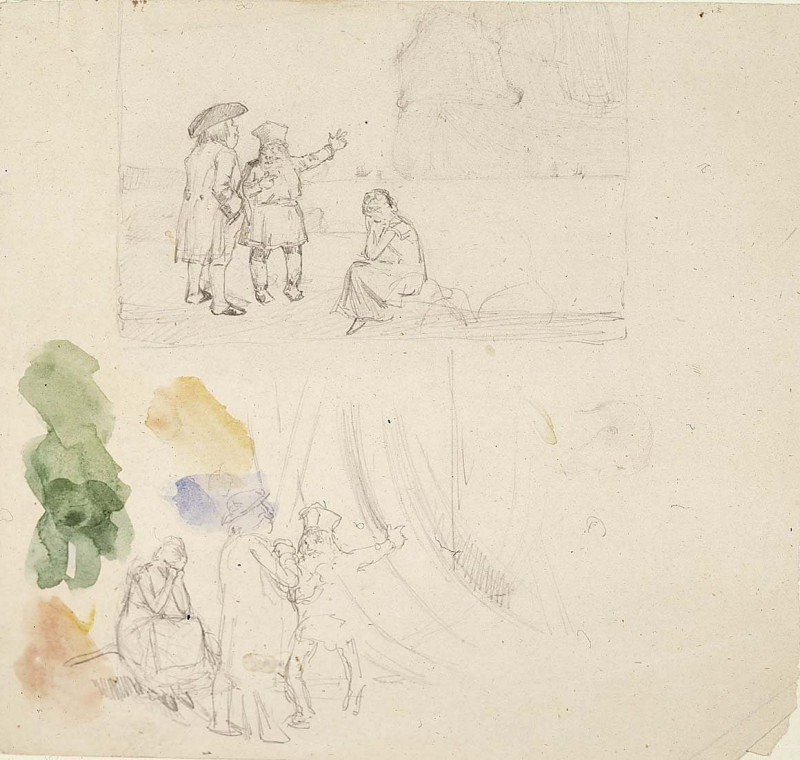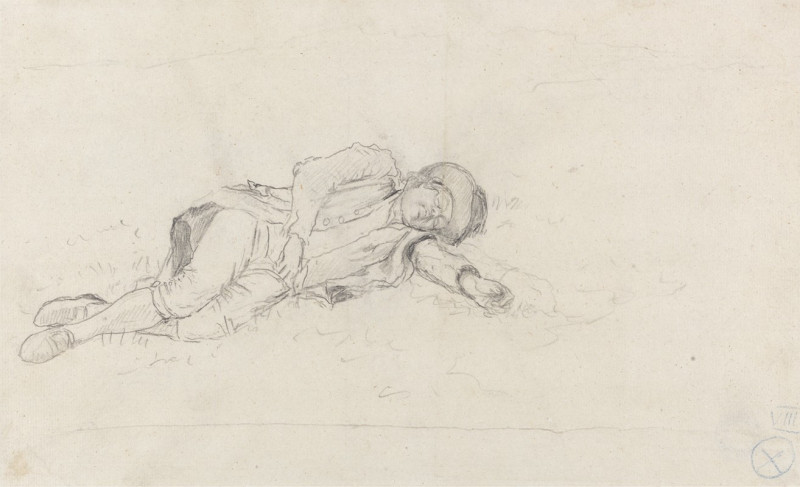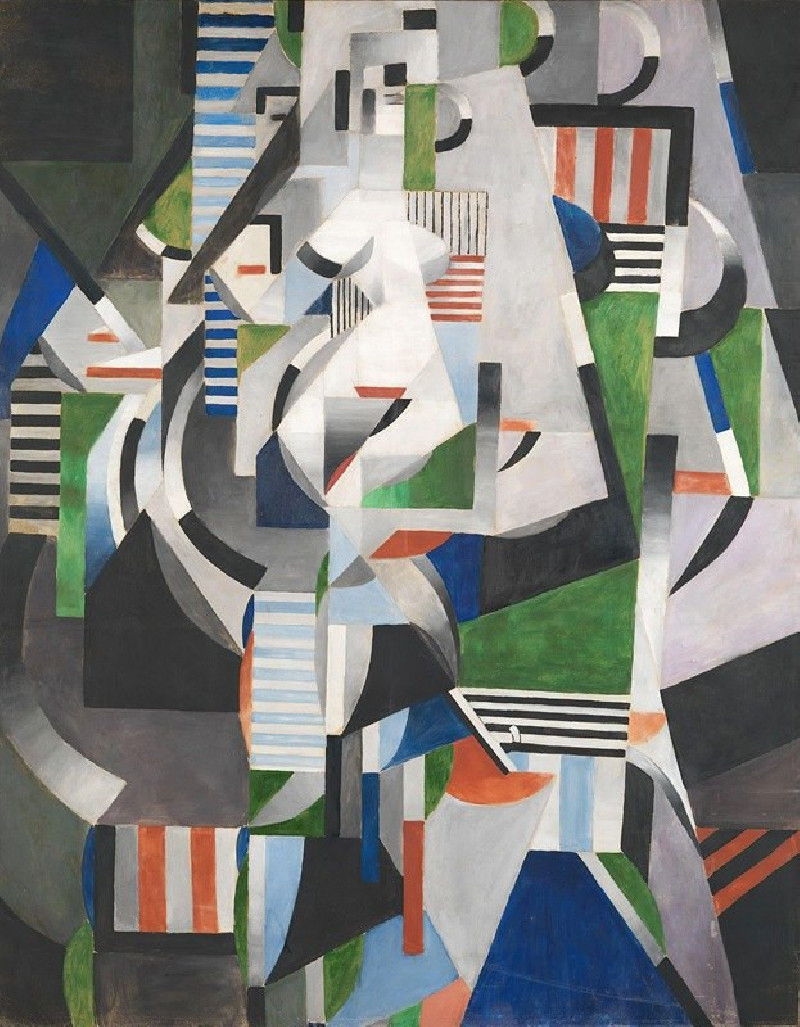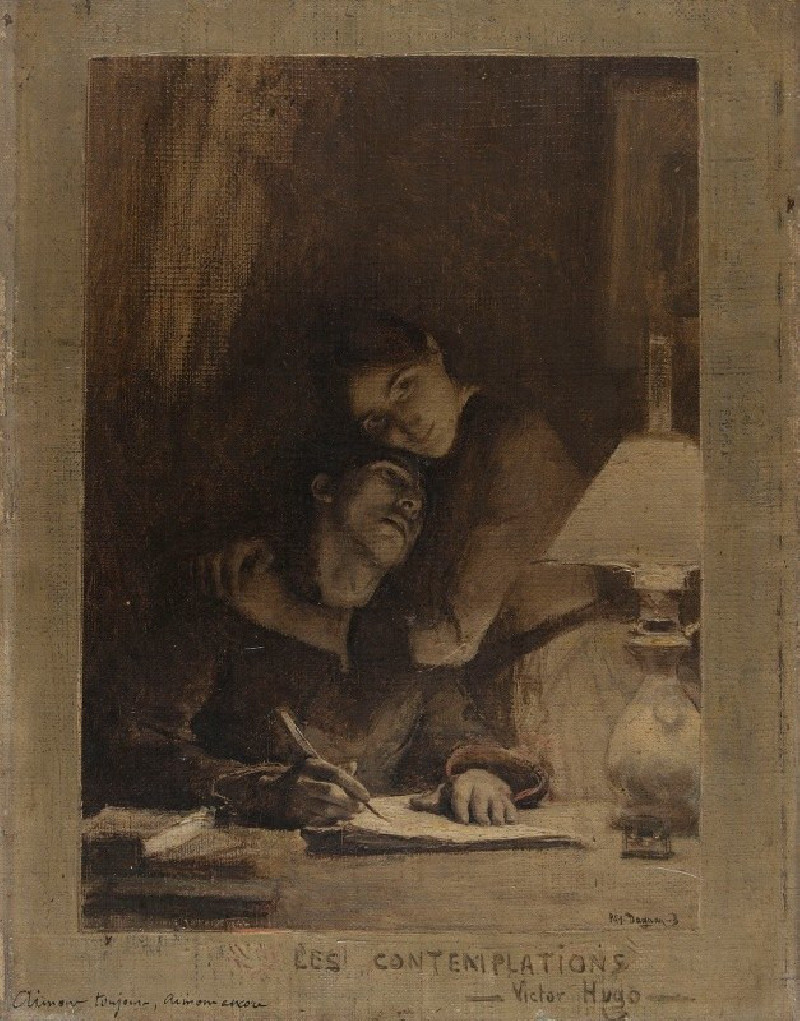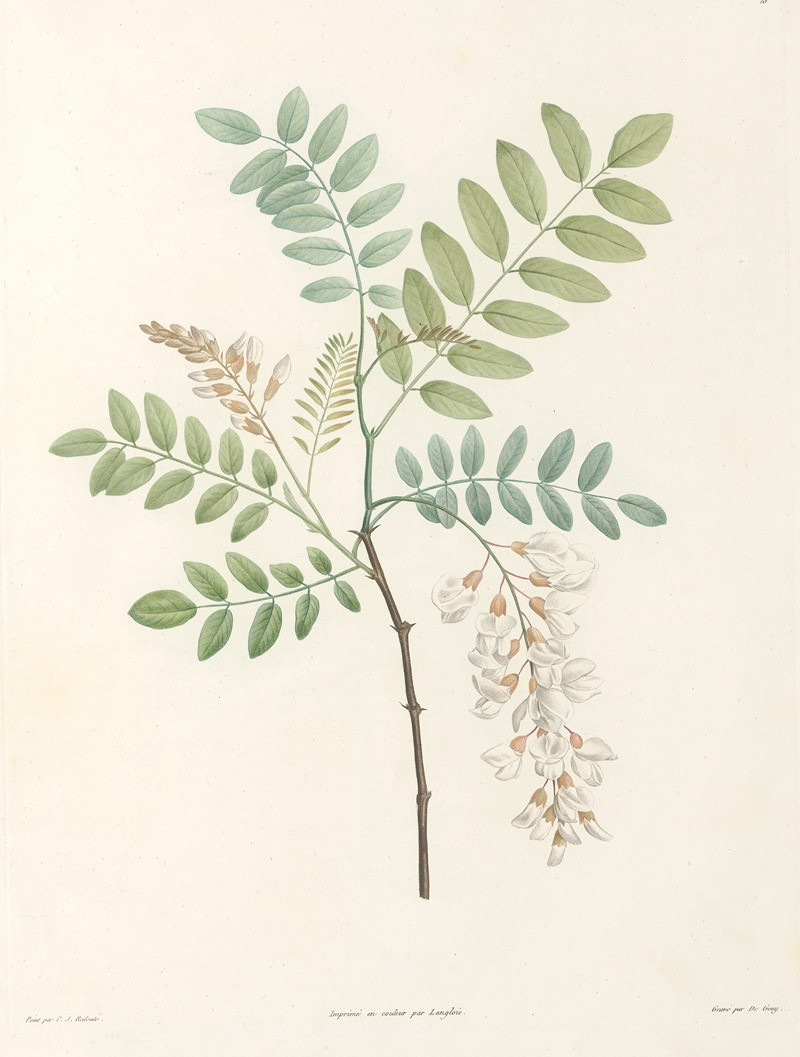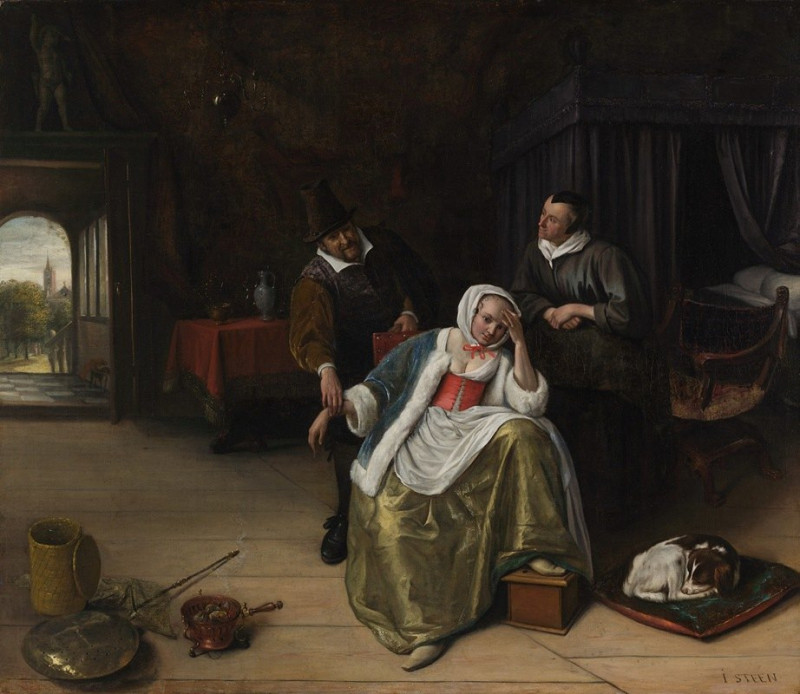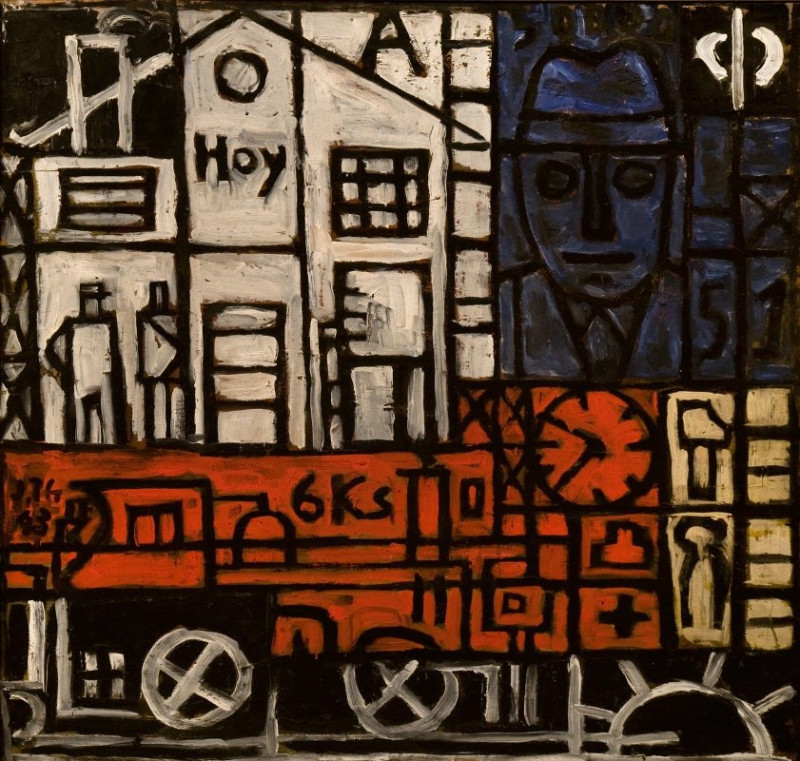View of Marino (recto) (1827)
Technique: Giclée quality print
Recommended by our customers
More about this artwork
Welcome to an enchanting sketch from the masterful hand of Jean-Baptiste-Camille Corot, titled "View of Marino" from the year 1827. This artwork provides a glimpse into the tranquil beauty of the Italian countryside, reminiscent of Corot's ingenious touch and his affinity for capturing the essence of nature.In this evocative pencil sketch, we see a panoramic scene dominated by gentle rolling hills dotted with lush, rounded trees that frame the setting. The foreground features an array of soft foliage, guiding the viewer's eye across the undulating landscape towards the horizon. The middle ground is marked by carefully etched trees that stand with a sense of belonging against the vast openness.Drawing your attention further, in the distance, the outline of a small town, possibly Marino, emerges. Here, architectural elements, though lightly sketched, are discernible against the skyline, suggesting human settlement amidst the vastness of nature. The sketch, predominantly composed of soft, fluid lines, evokes a feeling of calm and quietude, characteristic of Corot's preparatory studies for his larger paintings.Corot's skill in sketching comes through in the way he handles perspective and depth, creating a layered scene that invites the viewer to delve into the peacefulness of the countryside. His use of minimal yet effective lines suggests his profound understanding of the landscape’s spirit, capturing not just the visual but the atmospheric qualities of Marino.This piece not only serves as a visual escape but also beautifully showcases Corot’s preliminary work, where every stroke and contour relays his intimate engagement with the scene before him.
Delivery
Returns
Jean-Baptiste-Camille Corot was a French landscape and portrait painter as well as a printmaker in etching. He is a pivotal figure in landscape painting and his vast output simultaneously references the Neo-Classical tradition and anticipates the plein-air innovations of Impressionism.

